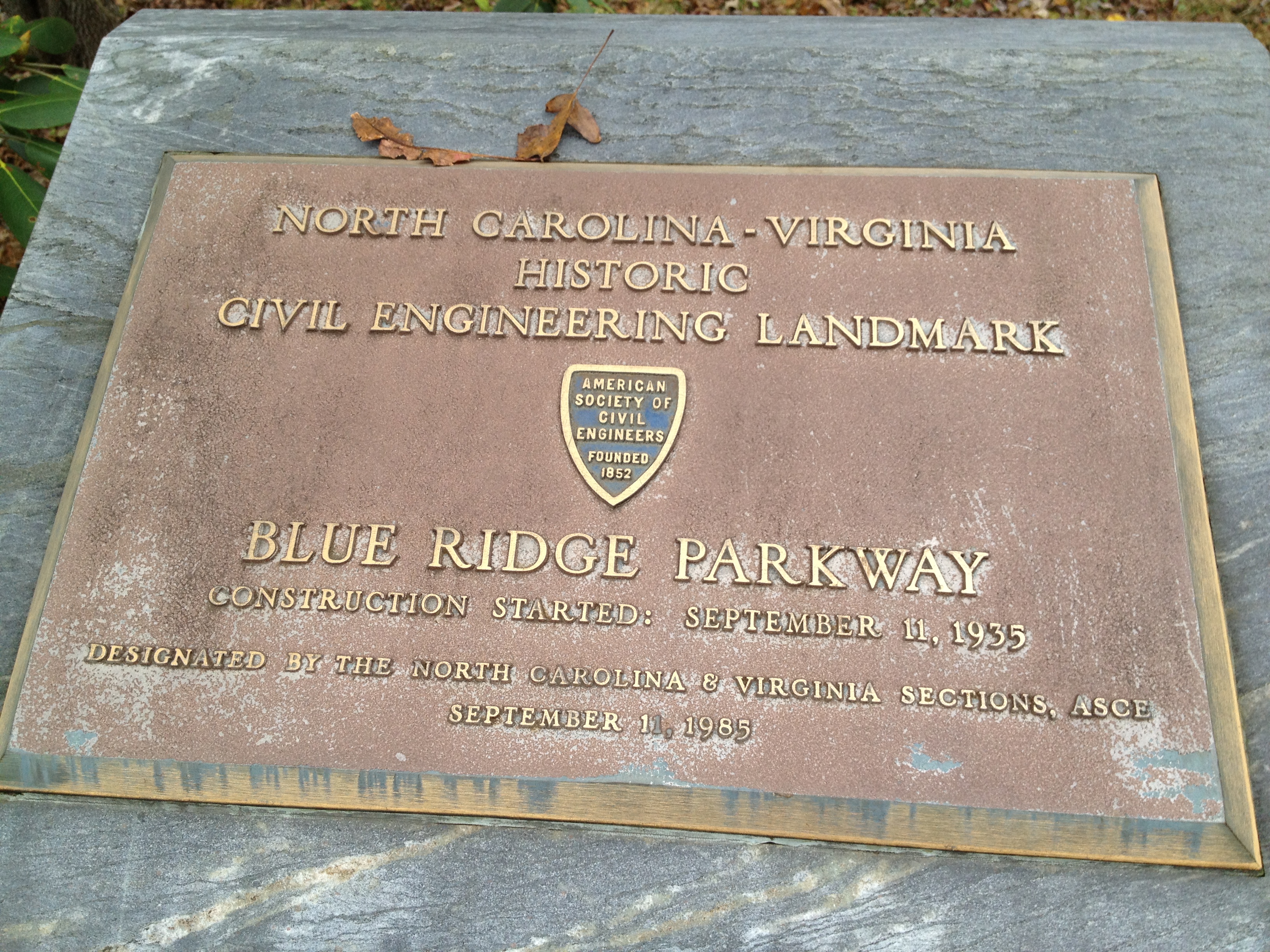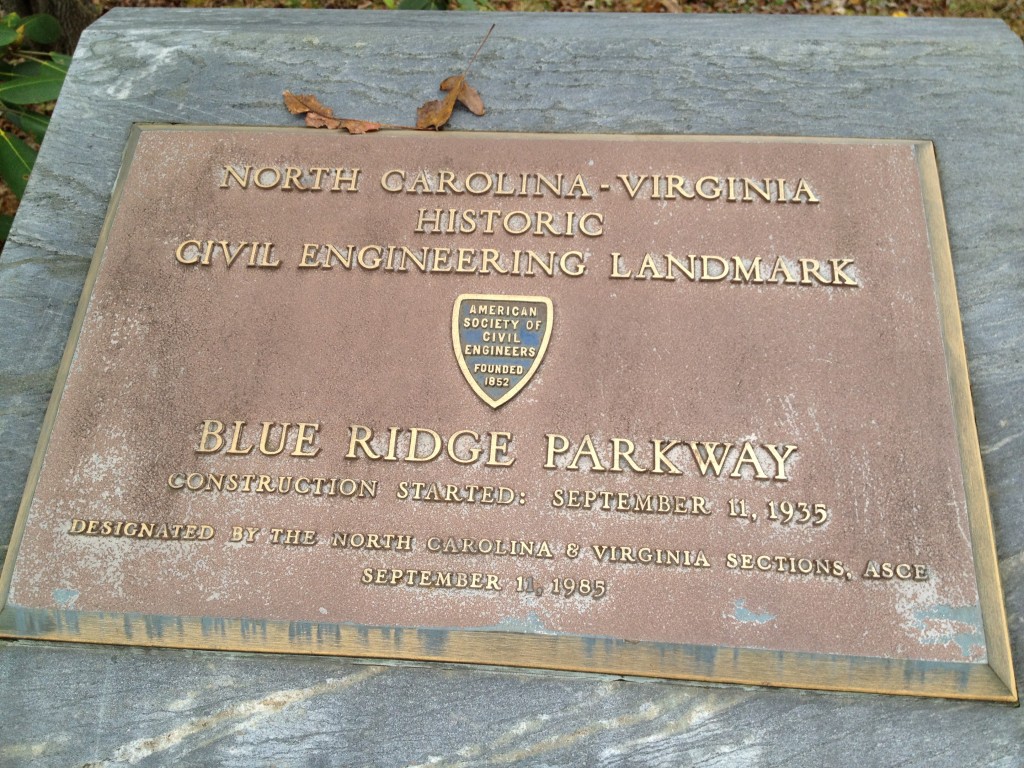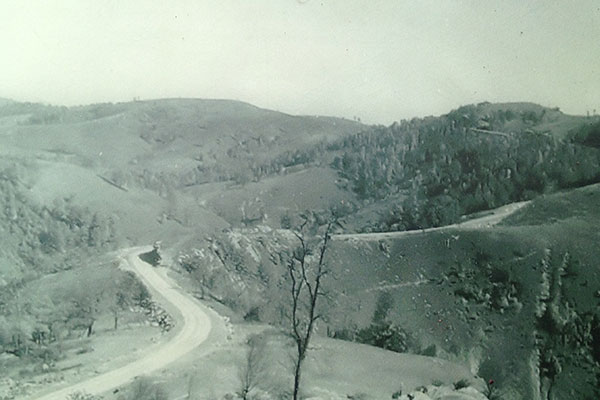Early 1900s – The spread of automobiles leads to an increase in recreational travel and tourism.
1916 – Congress creates the National Park Service.
1926 – Congress authorizes Great Smoky Mountains and Shenandoah National Parks.
1930 – A Park-to-park highway connecting eastern parks is proposed.
1929-1930 – The Great depression begins. Unemployment rates raise rapidly throughout the country.
1933 – The National Industrial Recovery Act is signed into law and the Public Works Administration is formed.
1933 – Public officials, including President Franklin D. Roosevelt, Secretary of the Interior Harold Ickes, Virginia Senator Harry F Byrd, Public Works Administration adviser Theodore Strauss, and governs of Virginia, North Carolina, and Tennessee propose and support a road connecting Shenandoah and Great Smoky Mountains National Parks as a public works project.
December 19, 1933 – Congress authorizes funds for the Shenandoah-Great Smoky Mountains Parkway – known locally as The Scenic.
1933-1935 – Stanley W Abbott is selected as Resident Landscape Architect. Reconnaissance and selection of the route starts. Virginia and North Carolina begin acquisition of land for the road.
September 1935 – Construction of The Scenic begins.
June 1936 – Congress renames the project the “Blue Ridge Parkway” and places it under the administration of the National Park Service.




